Best Hanukkah Foods in the USA: Authentic & Popular Hanukkah Dishes


Meena Sreenivas

Andres Mendez

John DeLucie

Meena Sreenivas

Miriam Milord

John DeLucie
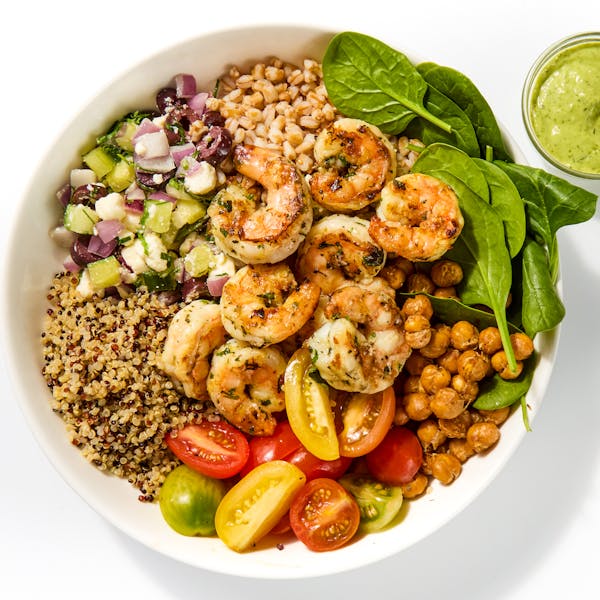
Chris Ratel
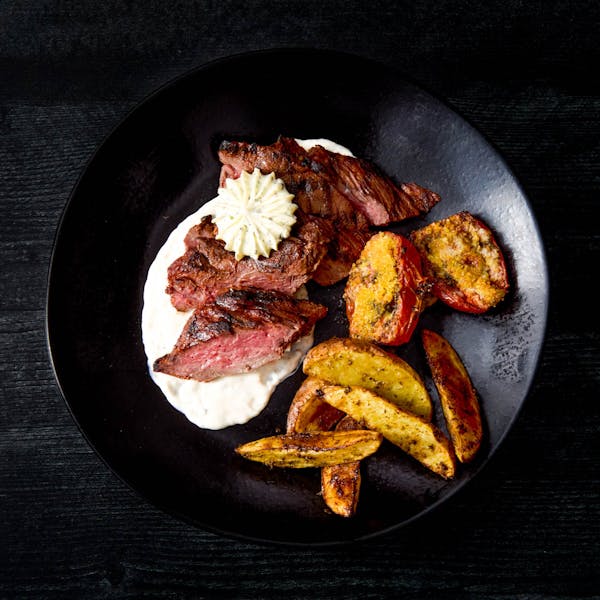
BK Prime

Santiago Lopez
Related Articles
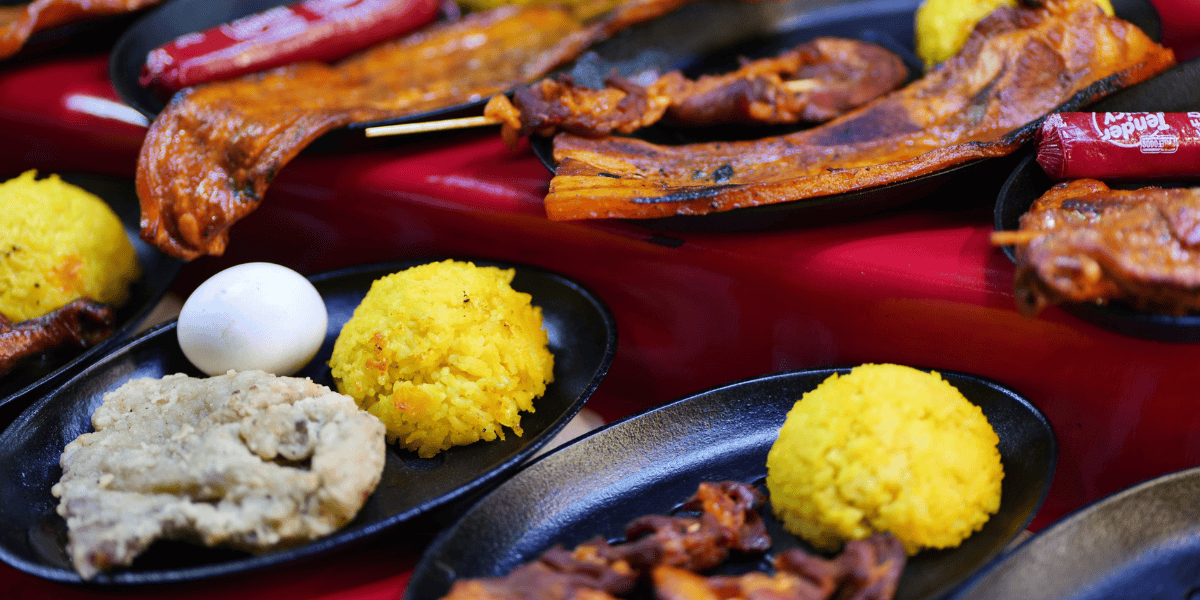
10 authentic Filipino recipes that bring Manila flavors to your table
Filipino recipes for adobo, sinigang, pancit, and more—plus cooking tips, cultural insights, and ingredient swaps for authentic home-style meals.

Sam Oriach |
Recipe created on: 10/19/2025
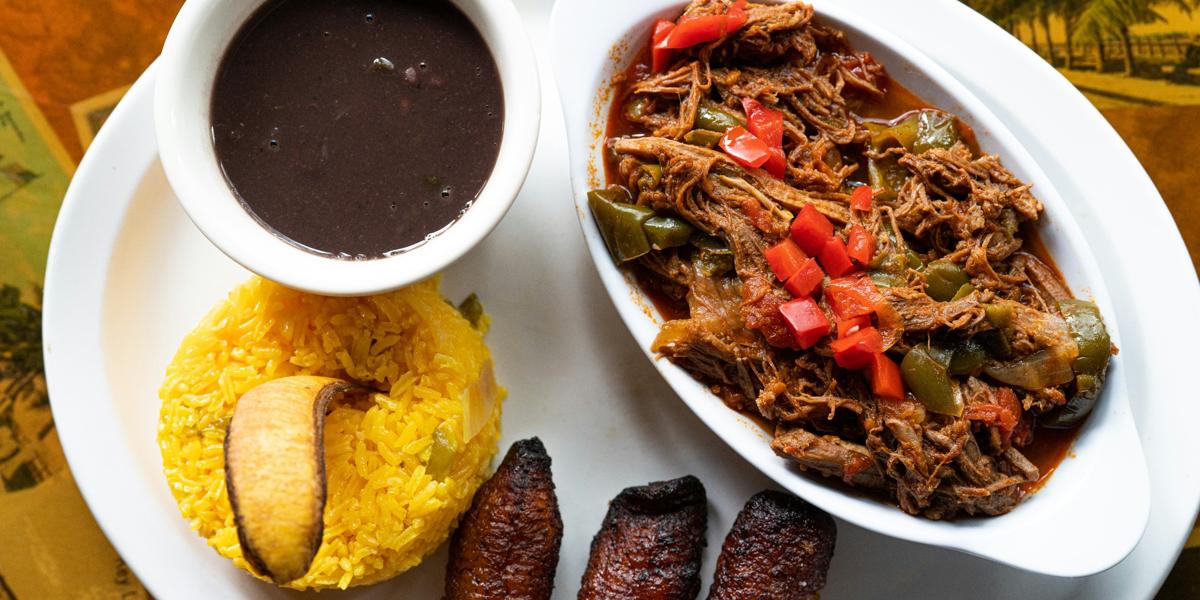
Cuban recipes: From quick weeknight meals to Sunday feasts
Cuban recipes featuring authentic meals like ropa vieja, Cuban sandwiches, and sides—made simple with expert tips and traditional ingredients.

Sam Oriach |
Recipe created on: 9/28/2025
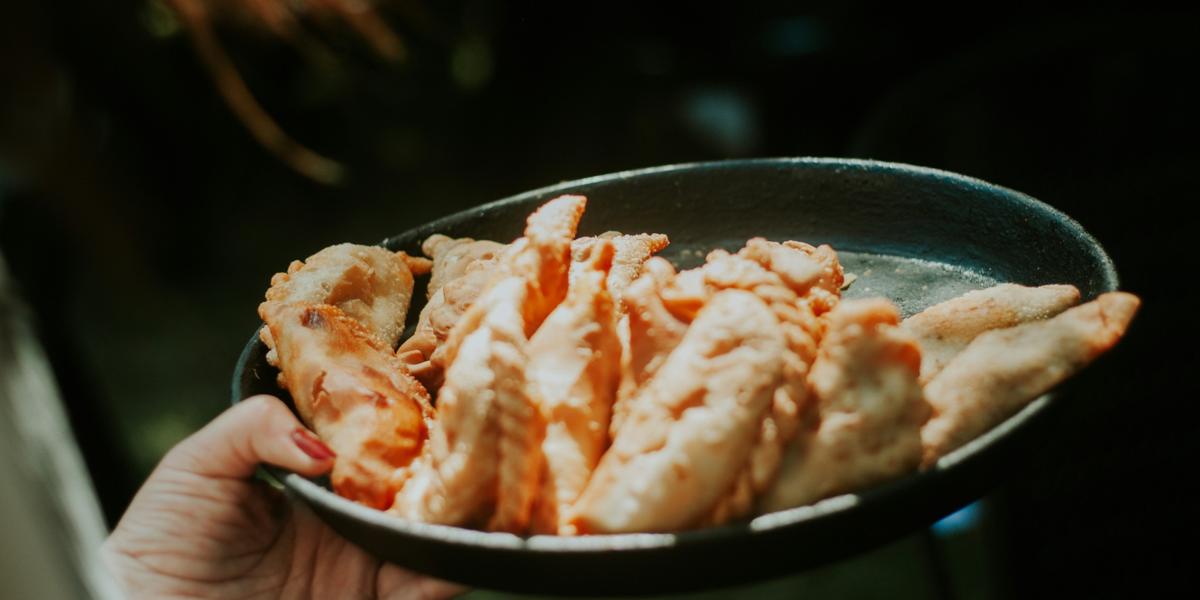
9 Argentinian recipes everyone should know how to make
Argentinian recipes made simple—discover 9 traditional dishes like empanadas, chimichurri, and asado with easy steps and authentic ingredients.

Sam Oriach |
Recipe created on: 9/28/2025